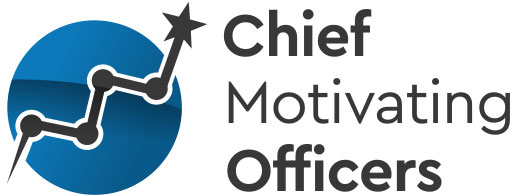Are you training your staff to fluency, or just mastery? Many organizations don’t consider the differences between these two training strategies, but using fluency training when appropriate can impact an organization in many ways, including increasing productivity, increasing staff satisfaction, and most importantly, increasing the quality of employee outputs and behavior! This post will quickly introduce you to the concept of fluency training, and provide guidance from one of the thought-leaders in the fluency training space on how to help your staff build fluency and remove barriers. Let’s dive in!
Fluency involves the ability of an employee to perform job tasks quickly, accurately, and without hesitation (Binder, 1988). This definition highlights three necessary components of fluent performance: (1) a time criterion, (2) an accuracy criterion, and (3) a latency-to-response criterion. In order to achieve high levels of accuracy while simultaneously decreasing time-to-response/hesitation and the duration to completion/quickness, multiple practice opportunities must be scheduled within the employee training program.
The theoretical foundation for fluency-based learning and performance improvement spans peer-reviewed works, as well as unpublished and out-of-print papers and case reports. The early works of innovators of behavioral science such as Skinner and Lindsley focused on fluency training to demonstrate mastery. Haughton adopted the acronym REAPS to encompass the outcomes of his own practice-heavy fluency training system: retention, endurance, application performance standards. Extensive empirical evidence exists regarding the utility and effectiveness of REAPS.
Informal case studies and peer-reviewed scientific research (e.g., Binder, 1996; Wolf, 2001) suggest that fluency contributes directly to three types of critical learning outcomes:
(1) retention and maintenance of skills, involving knowledge and performance over time,
(2) endurance, or the ability to attend to and maintain performance in spite of distractions, and
(3) application, or generalizing the skill in novel situations.
In the context of organizational training, Dr. Carl Binder of the Performance Thinking Network refers to “fluency blockers and builders”, or training practices that improve or impede development of fluent performance during training. These are summarized in the table below.
Fluency blockers and builders, replicated from Binder (1996).
|
Category |
Fluency Blockers |
Fluency Builders |
|
Measurement |
Measurement procedures that ignore the time dimension Measurement procedures with too few response opportunities for the allotted time |
Time-based performance measurement and evaluation More response opportunities than an expert can complete in the same time allowed |
|
Procedures |
Too few practice opportunities Preventing learners from moving at their own pace Limited response opportunities per minute Emphasis on error prevention during learning |
Sufficient practice to attain fluency Self-paced learning and practice procedures Many opportunities per minute Treating errors as “learning opportunities” |
|
Materials |
Too few examples Materials that are difficult to use, waste paper, movement, etc. Unnecessarily wordy worksheets and directions Difficult to read and comprehend |
Many examples Easy-to-manipulate or use, efficient use of paper, space, and movement Succinct worksheets and directions Easy to read and comprehend |
|
Skill Elements |
Critical steps in procedures or chained skills that are not fluent Tool skills or behavior components that are not fluent |
Fluent steps in procedures Fluent tool skills or components |
|
Knowledge Elements |
Prerequisite knowledge that is not “second nature” or fluent Inability to fluently locate critical information in reference sources |
Fluent prerequisite knowledge (facts, concepts, classifications, or processes) Ability to use reference systems or job aids fluently, automatically |
As described by Dr. Binder, to develop fluency-based training, a 360-degree analysis must be conducted of the training process that factors in all aspects of the procedure, including training materials, performance measurement procedures, integration of foundational information, and the ability to navigate reference materials and job aids. By incorporating the fluency builders highlighted by Binder into training and development efforts, organizations can greatly enhance outcomes within training programs.
When you read the above blockers and builders, where do you see the most room for improvement in your company? We’d love to hear what you are experiencing in the comments below! And if you want some help breaking down some of those fluency blockers, make sure you contact us for expert consultation to improve your training programs!

